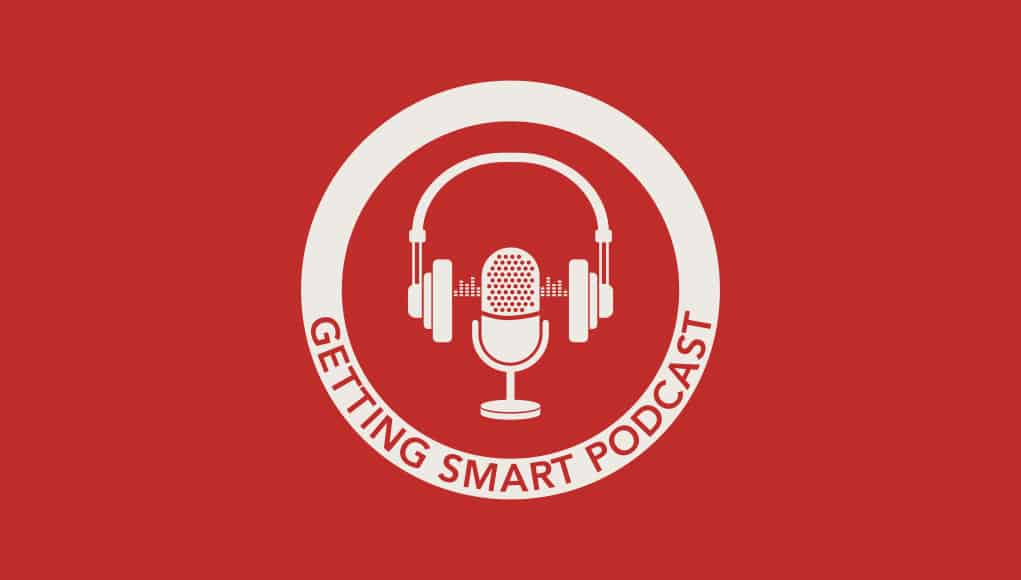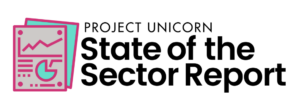Getting Smart Podcast | Rob Mancabelli on Using Data to Make Better Decisions

Hashim Anwar asked his business school friend Rob Mancabelli for advice on his children’s education. As a former teacher and school administrator, Rob knew how hard it was to find good data to guide education decisions.
The two had attended MIT’s Sloan Business School to prepare to work on global innovation, but their conversation led to a big idea—bring the big data tools common in industry to education to help educators make better informed decisions.
The business school friendship of an educator and data scientist led to the formation of BrightBytes, and in this podcast, Rob shares more about how they work to help educators find and use the right data to improve student achievement.
Podcast Highlights
Five years ago there were people thinking about education data but none connecting it to research. Rob observed, “It takes three things to make a good decision: to know the research, to collect and use the right data, and to identify the right next steps based on what similar schools have done.”
Leaders from almost 2,500 school districts representing about one in five U.S. students are informed by BrightBytes. The Clarity platform combines research and analysis to improve decision making by turning complex data into actionable information.

In addition to standardized test results, BrightBytes helps administrators collect broader proxies for student success. “We work with institutions on their priorities, and help them improve their return on learning by doing more of what the research says they should be doing,” added Mancabelli.
For example, a new superintendent in a district with a high dropout rate could use the platform to compare their district data to research on 23 factors. After developing a strengths and gaps analysis of their schools, BrightBytes supports an early warning system that identifies students at-risk of dropping out.
Unlike consulting firms that inflict a van full of new MBAs on an organization for months at a time, BrightBytes extracts information from existing systems and provides analytics through a cost-effective software subscription.
Five years ago, the application of a crude checklist was the best early warning system for at-risk students, but resulted in a large number of false positives. “Machine learning allows us to predictively look at historical data and get to more granular answers,” said Rob.
“Machine learning is changing so quickly, it’s an exciting area to work in. We’ve come so far since we started,” said Mancabelli.
As a former school administrator now working on bleeding edge decision support systems, Mancabelli advises EdLeaders to focus on their own learning. “We often don’t know what we don’t know,” said Rob. He urged leaders to make time every week for learning,
On building an impact organization, Rob said, “Check in with customers but build to your vision.” He added, “Think about organization building as much as product development. Hire smart caring people and focus on culture.”
For more, see:
- Getting the Right Data to the Right People in the Right Way
- The Faces of Data: Let’s Make it Personal
- Data is Great, But Action is Key
Stay in-the-know with all things EdTech and innovations in learning by signing up to receive the weekly Smart Update.






0 Comments
Leave a Comment
Your email address will not be published. All fields are required.